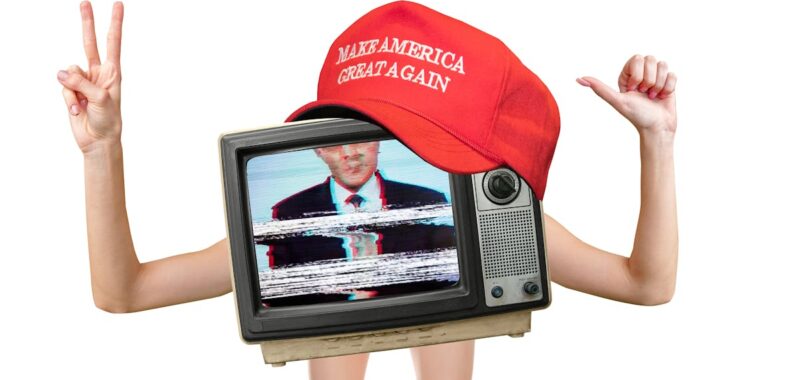Everything will be made as cheaply as possible and with as few variables as possible. It will be disposable viewing that might have a conservative gloss or perhaps a vaguely liberal one, but anything resembling an opinion will come with the chemical aftertaste of banana-flavored candy or worse.
The industry wasn’t perfect in the 1970s, but at least it had a foundation that could sustain creativity and risk-taking. That foundation is now gone—so instead of Chinatown, we get AI-generated YouTube explainer videos about a family that gets lost going to Chinatown (WE GO EXPLORING AND YOU WON’T BELIEVE WHAT WE FIND). Instead of risky, ambitious storytelling, we get content optimized for engagement metrics. The question isn’t whether Hollywood is becoming more liberal or conservative. The question is whether Hollywood, as we know it, will exist at all. The elimination of our grubby fingerprints from film stock and cameras in favor of generative pap is straight out of the cryptobro playbook: maximum extraction of value with minimum investment in creation.
As America loses the superficial liberal flavor of pop culture, we’re losing culture’s transformative power entirely. Good storytelling challenges its audience; it encourages people to question their assumptions instead of accepting the status quo. The surprises matter because characters are changed by what they find; the mere novelty isn’t the point. We’re left with a future in which completely AI-generated families undertake increasingly surreal rituals designed to recall distantly remembered household traditions. This isn’t about ideology. The algorithm doesn’t care what you watch—just that you never stop watching. Just keep the screen on. Auto-play to infinity.

In 2020, a Hollywood-style sign stood briefly in the hills behind Sepulveda Pass before it was reported to the California Highway Patrol and torn down.
Screen grab from KTLA 5 News
What we’ve learned in the past eight years is not so much that conservative content is more appealing, but that it is still trying to make an appeal. It’s trying to hit emotional buttons and, astonishingly, connect with people away from the screens they’re in front of. It might even get them to do something while not in front of a screen. Pink slime doesn’t seek to connect, it just glides right over. It has no intuition. It can’t answer some need. Only humans can do this. In fact, much of the conservative entertainment that’s broken through to the mainstream works because it seeks to do more than soothe. For better or worse, the bros and their trad-wife cousins in this quasi-counterculture inspire loyalty based on a sense of community.
And we are so starved for intimacy and the delight of discovery that when actual humans run into view, they can tell their audience to worship or attack.
Here’s a provocative question: Will we eventually miss conservative entertainment, too?
As culture erodes, something else rushes in to take its place: hollow symbols, like the ones we see everywhere now, replicas that imitate meaning but have none of their own. That’s why the image of that burning Hollywood sign, photoshopped to say Tump Was Right, felt so inevitable and so distant at the same time. Inhuman, inhumane.
Trump’s delight in this conjured victory over traditional entertainment wasn’t new. It was a warped reflection of another Hollywood-style sign that briefly stood in 2020, just before the election: a physical billboard, constructed in the hills behind Sepulveda Pass in the classic white block letters, which said, simply, Trump.
Someone reported the sign to the Department of Transportation not out of political grievance but concern that it was tinder—the fires of 2017 a close memory, prevention at the top of everyone’s mind. The California Highway Patrol deemed it a traffic risk, and it was quietly removed. After Trump’s 2025 inauguration, the sign resurfaced online briefly, but Trump didn’t repost that image. I suppose he preferred the more violent, the more cinematic version—the one that no one built, and no one had to remove.

